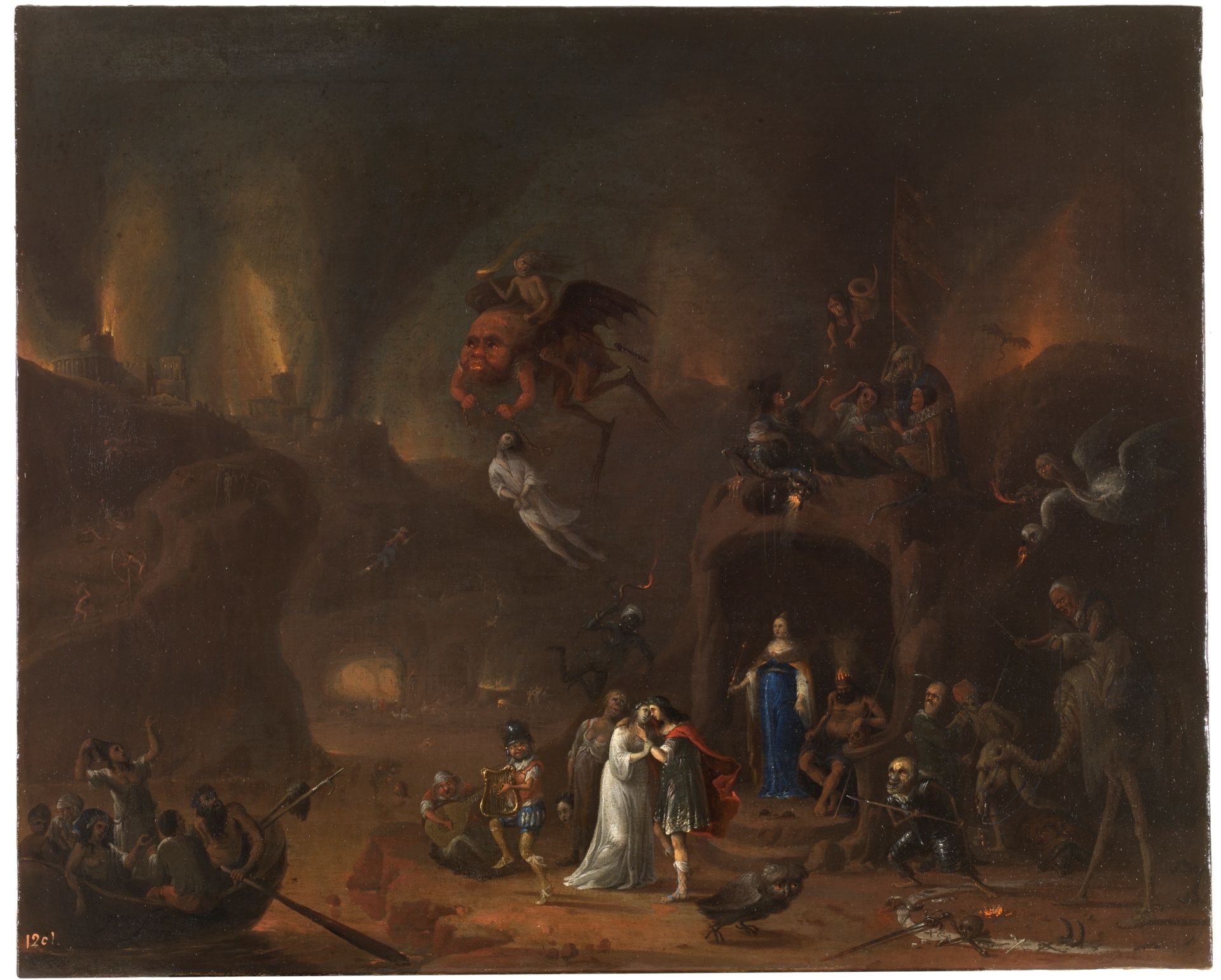ORPHEUS VS THE UNDERWORLD

“Love conquers. This god is well known in the upper world; But nevertheless, I sense that he also is here, I beg by these places full of despair by this huge chaos and the silence of this desolate kingdom, unweave the premature death of Eurydice!” - Ovid
The austere opening notes of Beethoven's fourth piano concerto sound suitably immovable, like those giant stone men (Isildur and Anárion) in Peter Jackson's 'The Fellowship Of The Ring' that have their granite palms raised to ward off all enemies of Gondor, as if to say 'abandon all hope ye who enter here'.
There's something so beautifully subtle about how the piano (Orpheus) answers those foreboding orchestral notes without creating any overt musical dissonance in their solemn dance of questions and answers and thereby risk drawing attention to himself in Hades. It is out of this gentle and cautious tiptoeing around those ominous E minor chords in this musical conversation between orchestra and piano that Orpheus symbolically makes his way past the guardians of the underworld as he heads deeper into the land of the dead in search of Eurydice.
I'm not sure Beethoven wrote anything more powerful than this middle movement of the fourth piano concerto; it expresses Orpheus's sorrow as exquisitely as any in the history of music where the legendary myth inspired many famous composers throughout the centuries. What Beethoven does so expertly is to depict that delicate tight rope walk between life and death where the God of music must somehow find his lost love and bring her safely back to the realm of the living without disturbing the watchful eyes of the menacing demons surrounding them both in the darkness.
It has been said that by the end of the relatively short middle movement the diminishing power of the opening motif is like that of the hostile 'savage beasts' being lulled to sleep through the hypnotic power of Orpheus's haunting cadenza. As those assertive opening orchestral phrases are finally reduced to being faintly heard in the basses, the piano appears the sombre victor of the exchange and ultimately leads us back into the light of the third movement, where, if this mythological analogy is continued, a riot of joyfulness erupts like spring after a long, hard winter, the frostiness of the Andante con Moto melted by the Rondo: Vivace just like Aslan's triumphant return in C.S. Lewis's 'The Lion, The Witch and The Wardrobe'.